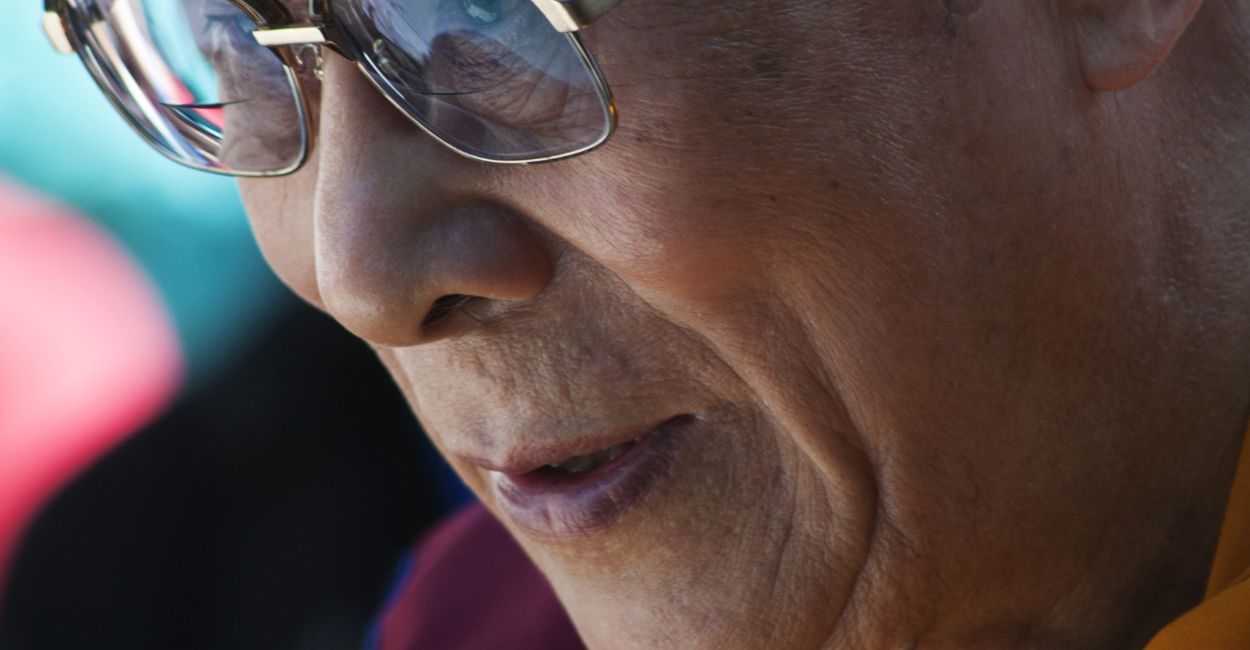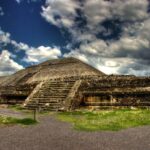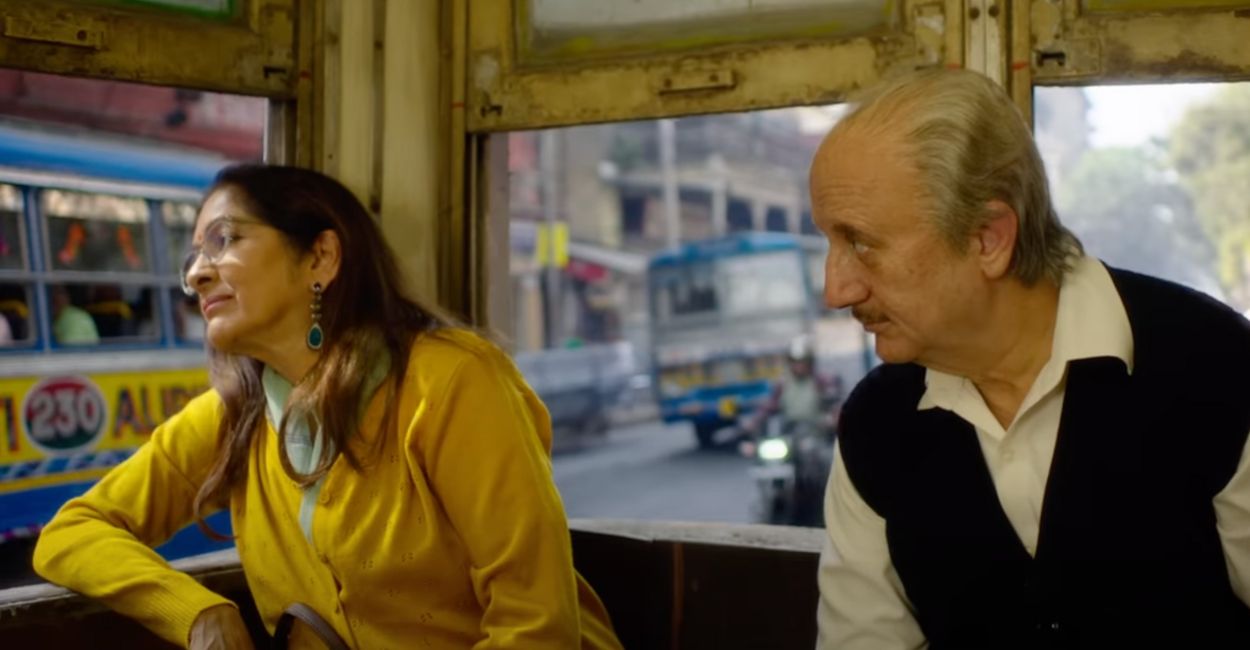As the Dalai Lama turns 89, the world watches closely: who will be his successor? This spiritual reflection explores the roots of Tibetan Buddhism, China’s political interference, and the high-stakes question of reincarnation. More than a religious figure, the next Dalai Lama may determine the future of Tibetan identity, freedom, and spiritual leadership in a deeply divided world. As you all probably know by now, my interest in faith goes far beyond that of the Western world. In my search for the "true" faith, I now have many kilometres in my legs. Even in my early childhood, I read books…...
Sign in with Google to continue reading
💬 Meet Our Members

Julia Orozco
Poet who love nature and writing poetry.
Tamizh Ponni VP
Tamizh Ponni VP is an ambivert who loves to express her skills…

Dr. B.H.S Thimmappa
B.H.S. Thimmappa is a seasoned chemistry professional with extensive experience in developing…

Abhinaba Maitra
Abhinaba Maitra is a Kolkata-based writer with a background in software engineering.…

Sindhu Gopalkrishnan
I love writing as I get to create something beautiful and touch…

Khushi Barman
I'm a 22-year-old Indian psychology student. I have a strong interest in…
Support independent journalism. Your membership keeps us going.
As the Dalai Lama turns 89, the world watches closely: who will be his successor? This spiritual reflection explores the roots of Tibetan Buddhism, China’s political interference, and the high-stakes question of reincarnation. More than a religious figure, the next Dalai Lama may determine the future of Tibetan identity, freedom, and spiritual leadership in a deeply divided world.
As you all probably know by now, my interest in faith goes far beyond that of the Western world. In my search for the "true" faith, I now have many kilometres in my legs. Even in my early childhood, I read books about the Dalai Lama, Krishna, Buddha, Mohammed, and other spiritual greats. I also explored their associated beliefs and habits. The only belief I regret not yet exploring is the Guru Granth Sahib, the holy book of the Sikhs. The founder and first guru of this religious movement was Guru Nanak (1469–1539). The Sikhs worship a God who exists beyond all phenomena and is universally accessible to all, regardless of whether one adheres to Hinduism, Islam, or any other faith.
What do Sikhs believe about Jesus and God?
Unfortunately, I have not taken enough note of it so far, but I have been told that Sikhs accept Jesus as a prophet, much like Islam does. However, they believe Jesus cannot be God, because God, in their view, cannot be born. I find it very interesting to see how and when the different faiths came into being and who their followers look to as leaders. I’m especially intrigued by whether these faiths have a leader who still walks the earth today. For example, the Catholic faith is currently led by Pope Paul Leo the Sixteenth. Another faith that interests me immensely is Tibetan Buddhism, led by the Dalai Lama.
The origins of Tibetan Buddhism and the role of Padmasambhava
Tibetan Buddhism, also known as Vajrayana or Tantric Buddhism, is a form of Buddhism that emerged around the 7th century with the arrival of Padmasambhava. This Indian Buddhist monk was commissioned by King Trisong Detsen to introduce Buddhism in Tibet around 747 AD. Historical accounts say: "The king first invited Shantarakshita to spread Buddhism in Tibet and commissioned him to build the first Buddhist temple. However, Shantarakshita reported to the king that he encountered too many local demons and spirits during construction. He advised the king to seek the help of the tantric master Padmasambhava."
How Padmasambhava brought Buddhism to Tibet
This tantric master confronted the obstructive demons and spirits that had been thwarting temple construction. He gave them an ultimatum: convert to Buddhism or disappear. They chose conversion and solemnly promised to protect Tibet and, above all, the Dharma. This is all historiography and, of course, happened a long time ago—according to the stories handed down. Since then, fourteen Dalai Lamas have served. The current Dalai Lama (Tenzin Gyatso) celebrated his 89th birthday on July 6, 2025. But one question arises more and more often: who will succeed him, and how will the succession take place?
Who will be the 15th Dalai Lama?
Because the current Dalai Lama has reached the advanced age of 89, people in Tibet wonder who will succeed him. The "normal" procedure is that of reincarnation. This means that when the current Dalai Lama dies, he will be reborn somewhere in the world. A special committee will look for a child considered to be his reincarnation. This search involves recognizing unspecified characteristics and testing whether the child identifies objects from the deceased’s possessions.
Will Tibetan Buddhism continue to rely on reincarnation?
Although the current Dalai Lama is still alive, preparations for his possible succession are already underway. As you may know, he has lived in exile in McLeod Ganj, near Dharamsala in India, since 1959, following the Chinese invasion of Tibet. Rumours persist that China prefers not to have a Dalai Lama at all or wants any successor to be under its control. Further speculation suggests that Chinese authorities already have a hand-picked successor waiting.
Is the next Dalai Lama already chosen by China?
Will the Chinese Communist Party control this process, or does the Dalai Lama have other plans? We must not forget that this same party maintains a suspicious stance toward religion in general, including Christianity. In 1995, the Dalai Lama named a Tibetan boy, Gendun Chokyi Nyima, as the rightful successor (reincarnation) of the Panchen Lama. Sadly, nothing has been heard from him or his family since. Some believe the Chinese government is involved in their disappearance.
Will there be a 15th Dalai Lama? The debate in 2025
There are many ongoing processes concerning the succession of the Dalai Lama. The Chinese have designated their own Panchen Lamas, while the Tibetans continue their traditional search. Recently, I heard about the Dalai Lama’s own proposal: he suggests not relying on reincarnation for now, as too much is at stake and China could exploit the process. Instead, he proposes an elected “interim pope”—someone chosen for their wisdom, intellect, and leadership. Perhaps the rightful reincarnated Dalai Lama will reveal himself in a special way in the future.
Let us hope this beautiful and ancient culture finds its way forward and continues to thrive. Anjali Mudra.











